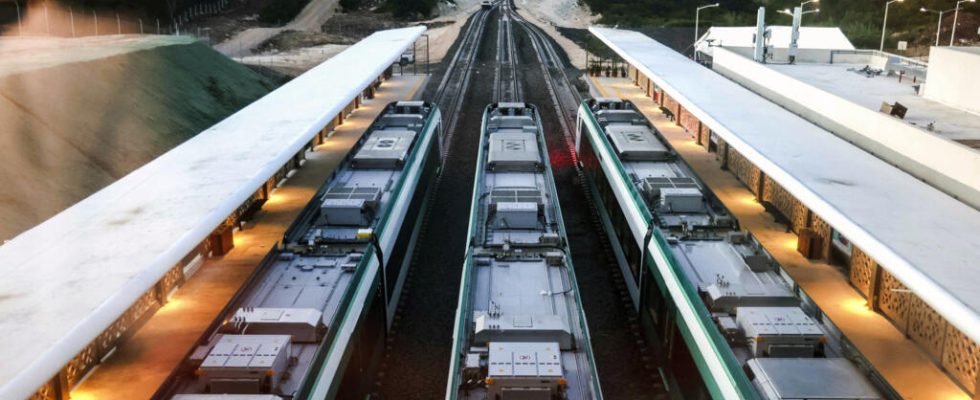In Mexico, President Andres Manuel Lopez Obrador inaugurated on Friday the train of the Isthmus of Tehuantepec, the narrowest strip of land located in the southeast between the states of Veracruz and Oaxaca. This is the first element of the interoceanic corridor, one of the major infrastructure projects desired by the current government.
2 mins
Concretely, this railway line which connects the ports of Salina Cruz on the Pacific side and Coatzacoalcos in the Gulf of Mexico connects the two oceans. It is intended somewhat for the transport of passengers but mainly for the transport of goods.
Indeed, the first stage of a major development plan which involves the installation of at least a thousand factories along the rails, the interoceanic train is an open door to the industrialization of the Isthmus of Tehuantepec and has aimed at boosting the economic development of the region.
“These species of animals will become extinct »
But it is at the heart of a controversy and particularly arouses opposition from indigenous communities. The scenario of this transformation is indeed not wanted by everyone within the local population.
Some indigenous communities denounce illegal evictions because of the work and several irregularities in the project. “ We are not against development, we just want this development to be in accordance with the laws and regulations that exist and to protect the natural environment. », Estimates Gerardo Aldeco, spokesperson for a collective of associations in the state of Oaxaca.
Read alsoMexico, a new goods corridor
In addition to the social consequences, these opponents first came together when they saw the first damage caused by the work because several protected species also live in the area, notably felines such as the jaguar. “ There are endemic species, such as the purple snail for example. It only lives in the isthmus, in the part where they are doing the work, and certainly there will be a strong impact and these species of animals will become extinct. », he adds.
Among the sectors that hope to benefit from future activity centers around the train, we find the automobile, pharmaceutical and petrochemical industries.
This project of 300 km of rails built on an old railway line is certainly a rival to the Panama Canal which, due to drought, does not have enough water to let all the ships pass, but this connection railway will just be an alternative and will not be able to replace the canal.
Shipowners are primarily transporters of goods at sea; they do not necessarily need additional rail solutions. But it could be a solution.
Paul Tourret, director of the Nantes Saint-Nazaire Higher Institute of Maritime Economics
